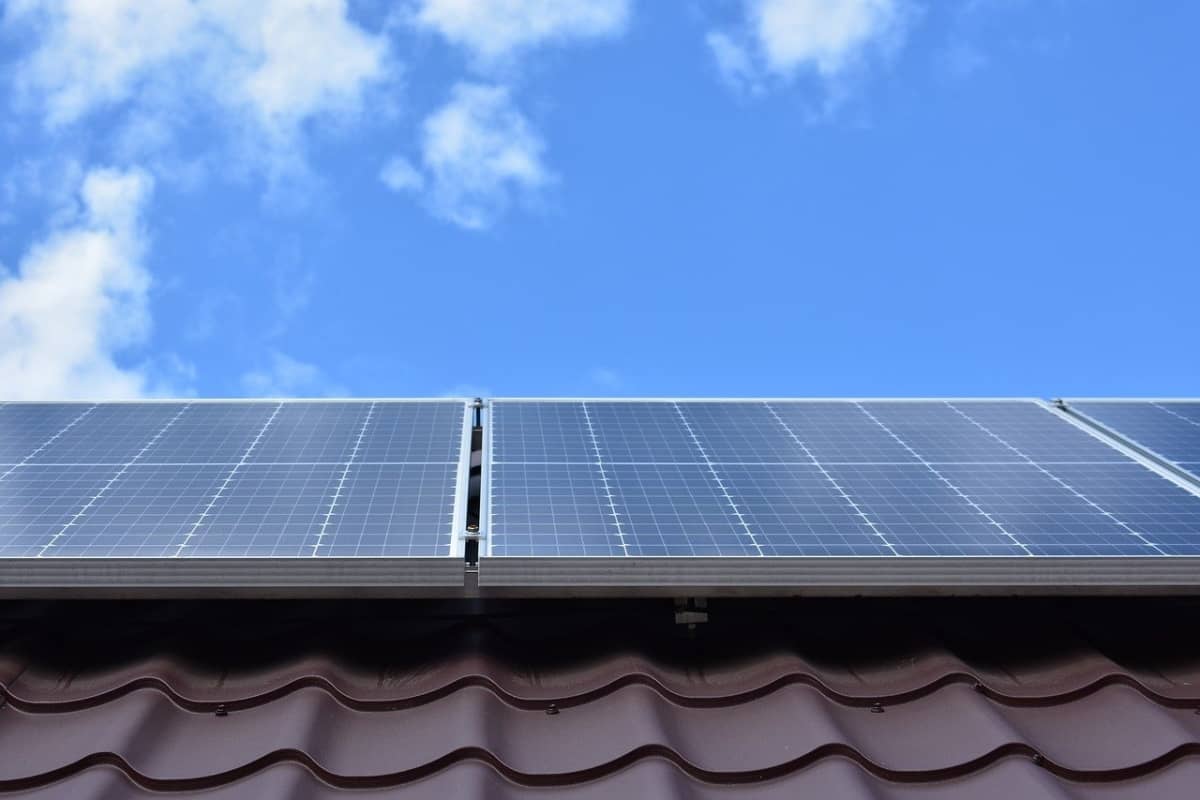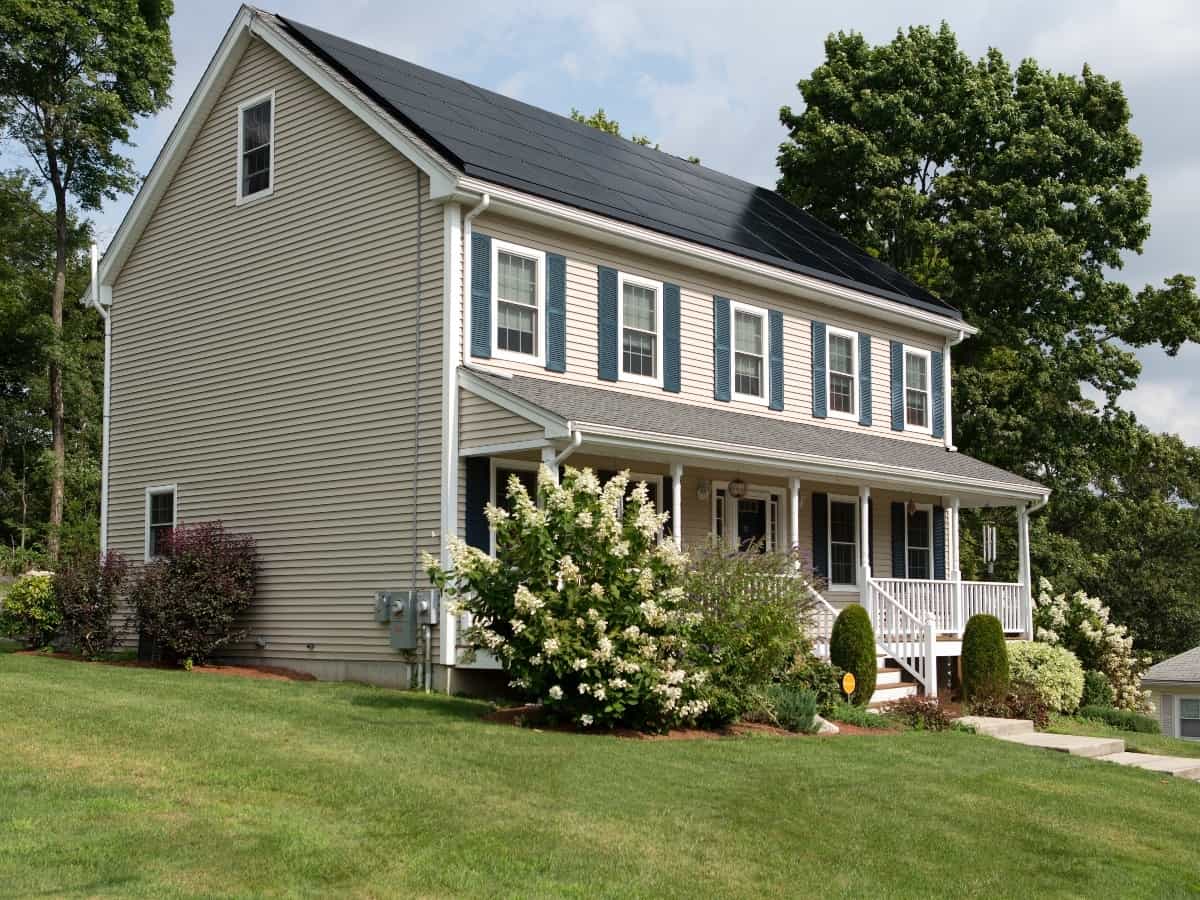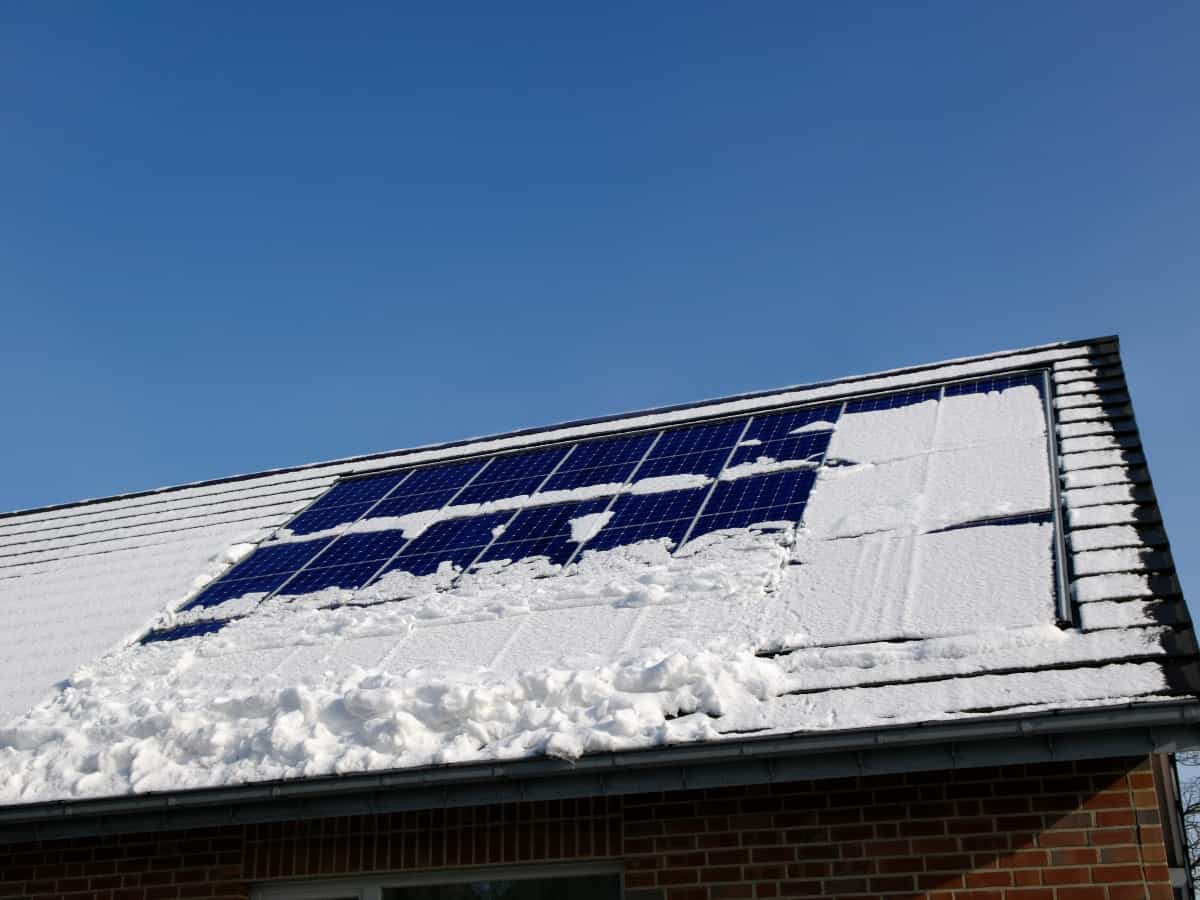Solar panels are a significant investment to make. Homeowners who make this investment reap the benefit of long-term savings on electricity bills. Additionally, solar energy reduces or eliminates dependence on electrical companies to provide power. They are also an excellent way to reduce your carbon footprint and minimize the effects of global warming. Installing a solar energy system often results in federal tax credit eligibility. So, what is your solar energy potential during different seasons?
Many people don’t realize that all seasons produce solar energy, including fall and winter. Because energy availability relies on various factors, consumers often want to understand the solar energy potential during different seasons. Exploring how solar energy works and what elements come into play provides a better grasp of seasonal changes.
How Does Solar Energy Work?
The sun creates solar energy, so it is a never ending, renewable supply. A scientific process called the photovoltaic effect turns sunshine into usable electricity or voltage. This voltage is called direct current and isn’t suitable for home use until converted. Solar panels contain inverters that change the direct current to alternating current, then go to the electrical panel. The electrical panel is the powerhouse of your home. It operates all of your electrical appliances; lighting, heating, and air conditioning unit. Next, the electricity meter measures the amount needed, and the unused energy is then sent back out onto the grid. Many electrical companies offer credits or payments for unused power.
Seasonal Differences in Solar Energy
Seasonal differences in the output of energy for your solar panels do occur. However, the variations come from more than just how much sunshine is available. Variables include:
- Where you live – climates, where the sun shines more often, are better at producing solar energy
- The size of your solar energy system – this includes how many panels, the efficiency of the panels, and the number of cells in each panel
- Weather and temperature
- The angle of the sun and panels themselves
- The length of the day
As you can see, determining the exact output is complex with so many influences. Let’s go over how these components change your solar energy output.

Solar Energy Potential Based on Location
It makes sense that hot, sunny places like Florida are more prone to supplying solar energy. After all, the sun is the producer. Since the earth rotates around the sun, areas that are closer to the equator do furnish more energy production. This means that the more northeast states are less likely to be top energy suppliers.
Solar energy also relies on a willingness to make investments in solar panels. In 2021, the Solar Market Insight Report stated that the state of California has by far the highest solar energy usage at a rate of 8,548,370 homes. Texas rates at 1,082,407 homes, followed by North Carolina, Florida, and Arizona in the 800,000 home range. Also making the list were three smaller northeastern states: Massachusetts, New Jersey, and New York. So you see, cooler states harness the use of solar energy too.
How the Size of the Solar Energy System Determines Potential Energy
The size of the solar energy system comes from the efficiency of the panels, the number of solar cells in each panel, and the number of panels installed. High-efficiency panels exceed about 400 watts of power and convert approximately 20 % of sunlight. A typical residential home requires the use of 60-cell solar panels for maximum efficiency. Commercial buildings need 72-cell solar panels. The number of panels is contingent on the size of the roof and the power output required. As you can see, a larger number of panels isn’t always equivalent to better solar energy potential. Your installer or sales representative should help figure out the appropriate numbers for your location.
Weather and Temperature Factors in Solar Energy Potential
Sunny California is the solar energy king of the United States due to its willingness to install systems. It is important to note that its weather and temperature are also influencers. One significant facet of solar energy production is sunshine, so the more you have, the more energy you get. During the installation of solar panels, avoid shaded areas, so the greatest amount of energy is captured.
Weather patterns that include rain, snow, fog, or even pollution directly impact the amount of energy available. This doesn’t mean you won’t have energy, it just means there is less produced. Indirect sunlight is also a source of energy. Similar to how you can still get a sunburn on an overcast day, the sun is still present. It is just less intense.
In areas where snow is a factor, snow removal is essential to ensure maximum energy generation. The snow that is on the ground is a great light reflector and often increases energy rendering.
The Angle of the Sun and the Panels
Angling is another ingredient in the recipe for solar energy potential. If you install solar panels on the side of the house where the sun is never angled, your production will be very minimal. Also, notice your neighbor’s trees or other sun-interfering objects to find the right area for installation. When referring to the direction of the panels, professionals call it azimuth. The ideal azimuth placement in the United States faces the southern sky at 180 degrees.
Roof pitch is also something to consider. The tilt is measured in degrees in a range from 0 to 90. A horizontally flat panel is at 0 degrees. A vertical panel is at 90 degrees. Determining tilt is dependent on the location, but panels belong tilted wherever the sun is the brightest.

How the Length of the Day Matters
We already know that sunshine is the biggest commodity when it comes to solar energy. As it is constantly renewable, sunlight won’t run out like other energy fuels such as gas or coal. In the summer, the days get longer, so the sun shines for more hours. Winter days allow less sunshine as the sun is lower in the sky resulting in shorter days.
What Do I Need For My Home?
To calculate how many solar panels you need, use the following factors: system size, production rate, and panel wattage. It is easy to use average numbers. The U.S. Energy Information Administration (EIA) states that the average home in the U.S. uses 10,715 kWh of electricity annually. Typical production rates range from 1.3 to 1.6. The average panel wattage is 340 W. So plugging in our average numbers, looks like this: 10,715/1.3/340 = 24.24 panels.
As we have already cited, each case is different based on all of the factors, your actual average electricity usage, and the production rate of your system. These numbers are merely an example of what you might expect to need.
Why Solar Panels?
We pointed out some financial benefits to solar panels, such as a reduced or eliminated electric bill. Additional advantages are federal tax credits, solar incentives in certain states, and credits or payments from your electrical company. Solar Renewable Energy Certificates (SRECs) sell to utility companies in some states. A solar panel owner can earn as much as $300 for each SREC sold. Also available are 0% or special interest rate loans to purchase solar panels. An added benefit is an increase in property values by an average of 4.1%.
Solar panels are a low-maintenance product, so it doesn’t lead to extra work for homeowners. Cleaning is done a couple of times a year. The inverter is generally the only part that needs replacing every 5 to 10 years. With solar panels, you can feel good about the contribution made to reducing global warming. Clean energy is a significant step towards a healthier, more sustainable world.




